There are more than 43,000 different species of spiders found in the world. Of these, only a small number are said to be dangerous, and less than 30 have been responsible for human deaths. Well, that’s good to know. But still—it’s nice to know which ones are the most venomous spiders, just in case.
Did you know that spiders carry more than just venom in their fangs? A recent study reveals that certain arachnids can actually carry something far worse — antibiotic-resistant bacteria. A team from the National University of Ireland-Galway has confirmed that some common house spiders possess harmful bacteria within their bodies. These toxins can pass through a bite and infect people who have an unfortunate run-in with these crawlers. In the case of Noble False Widow spiders, their bacteria strains appear to be resistant to many common antibiotics.
Meanwhile, the notorious black widow spider may be on their way to extinction — thanks to their lesser-known cousins, scientists say. Researchers in Florida say the equally venomous brown widow spiders are preying upon the black widows, reducing their numbers. Although slightly smaller than the black widow, they are just as deadly. Lighter in color with stripes on their legs, scientists can identify brown widows by spiky-looking egg sacs. “We have established brown widow behavior as being highly aggressive towards the southern black widows, yet much more tolerant of other spiders within the same family,” says Louis Coticchio, who led the study as part of his undergraduate research at USF.
But just because spiders look scary and some can inflict serious pain doesn’t mean the creepiest-looking types should be feared. In recent years, the Joro spider has been taking over parts of the southeastern U.S. and spinning intricate webs wherever they go. Researchers from the University of Georgia report, however, that these large black and yellow arachnids are actually rather shy and mean people no harm. In fact, their study concludes the Joro spider may be the shyest spider ever documented. They can even freeze in place for up to an hour if they think you might be a predator.
Now that we have you looking over your shoulder for creepy crawlies, let’s have a look at our list. Below is our list of the seven most venomous spiders, according to experts. Of course, we want to hear from you. Which of these spiders do you consider to be the scariest? Comment below to let us know!
The List: Most Venomous Spiders, According To Expert Sites
1. Black Widow Spider
If you had no idea what spiders would be on this list of the most venomous spiders, chances are you’ve at least heard of the black widow. “A black widow spider is generally identified by a bright hourglass-shaped mark located on the abdomen. Black widows are mainly found in temperate regions. In homes, you can find them around plumbing, woodpiles, and heating systems. About 5% of their bites are fatal. If bitten, you are likely to experience nausea and muscle spasms. If severe, diaphragm paralysis may occur, leading to breathing difficulties,” says Pest Aid.
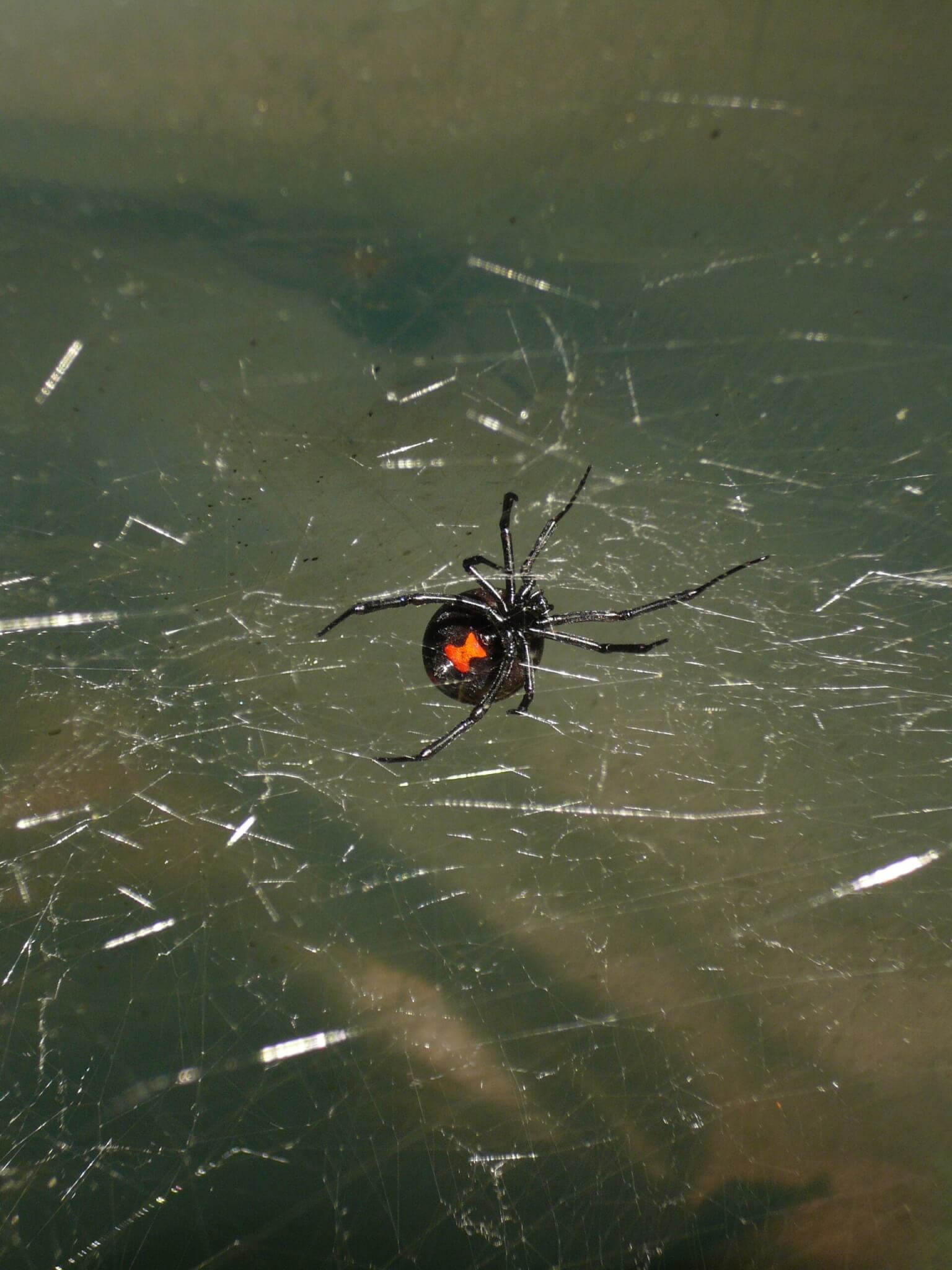
To understand how dangerous black widow spiders are, their venom is said to be fifteen times more powerful than a rattlesnake’s. “Several species answer to the name, and they are found in temperate regions around the world. Approximately five percent of the reported bites were fatal prior to the invention of Widow spider antivenin. One of their favorite haunts is an old-fashioned outhouse. Sixty-three deaths were reported in the United States between 1950 and 1959, most of which occurred in or around a woodpile or outhouse. But with the modernization of home plumbing and heating, black widow bites are now rare,” includes Outdoor Life.
The female black widow spider is easily identified by its black body and the small hourglass shape on the underside of its belly that can vary in color. “It only reaches half an inch in size, but any bite simply involving the smallest amount of venom released can cause serious illness or even death in extremely rare cases. The venom from a black widow attacks the nervous system and may cause headaches, nausea, and abdominal pain. Though commonly found in the southern states; it can also be found throughout the country,” offers Ehrlich.
2. Brazilian Wandering Spider
The Brazilian Wandering Spider is a large brown spider that looks like the North American Wolf Spiders, except they are bigger and possess a more toxic venom. “It has the most neurologically active venom of all spiders and is regarded as the most dangerous spider in the world. Brazilian Wandering Spiders are active hunters and travel a lot,” says Outdoor Life.
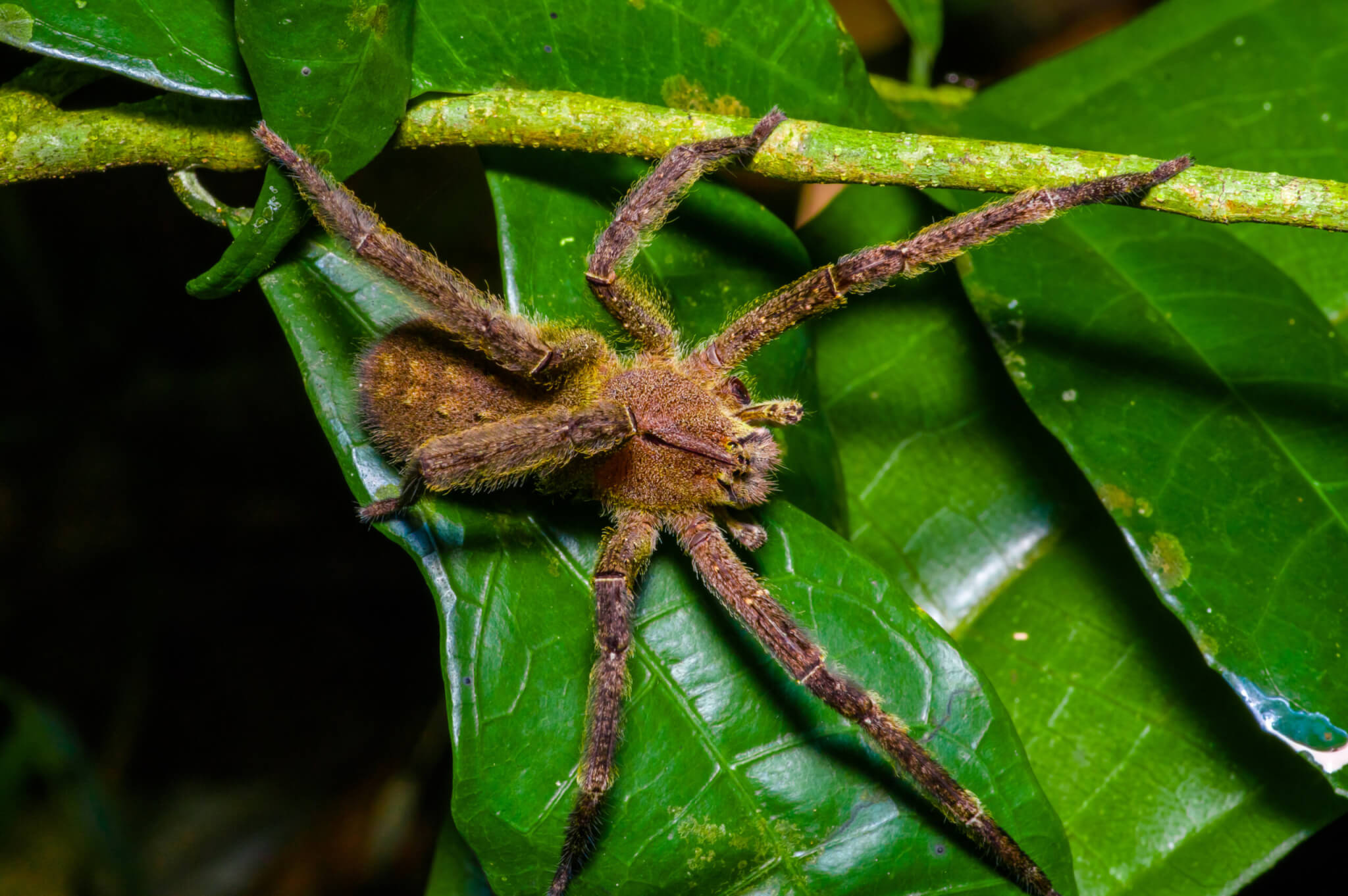
Copy credi)
Brazilian wandering spiders have been considered the most venomous spiders in the world. “Hundreds of bites are reported annually, but a powerful antivenom prevents deaths in most cases. These species of spider are also referred to as banana spiders because they are frequently found on banana leaves. They have an aggressive defense posture, in which they raise their front legs straight up into the air. Their venom is toxic to the nervous system and causes symptoms such as salivation and irregular heartbeat,” explains Orkin.
Brazilians are sometimes referred to as banana spiders because they are frequently found on banana leaves. “They have an aggressive defense posture, in which they raise their front legs straight up into the air. Phoneutria are poisonous to humans, and they are considered to be the deadliest of all the world’s spiders. Their venom is toxic to the nervous system, causing symptoms such as salivation, irregular heartbeat, and prolonged, painful erections (priapism) in men,” writes Brittanica.
3. Sydney Funnel-Web Spider
The Sydney Funnel is one of the most feared of the venomous animals down under in Australia. “They are typically 1 to 3 inches long and can be very aggressive when provoked. The long-lived female funnel webs spend most of their time in their silk-lined tubular burrow retreats. The males tend to wander during the warmer months of the year looking for receptive females. The Sydney funnel web spider is responsible for 13 confirmed deaths between 1927 and 1980,” says Outdoor Life.
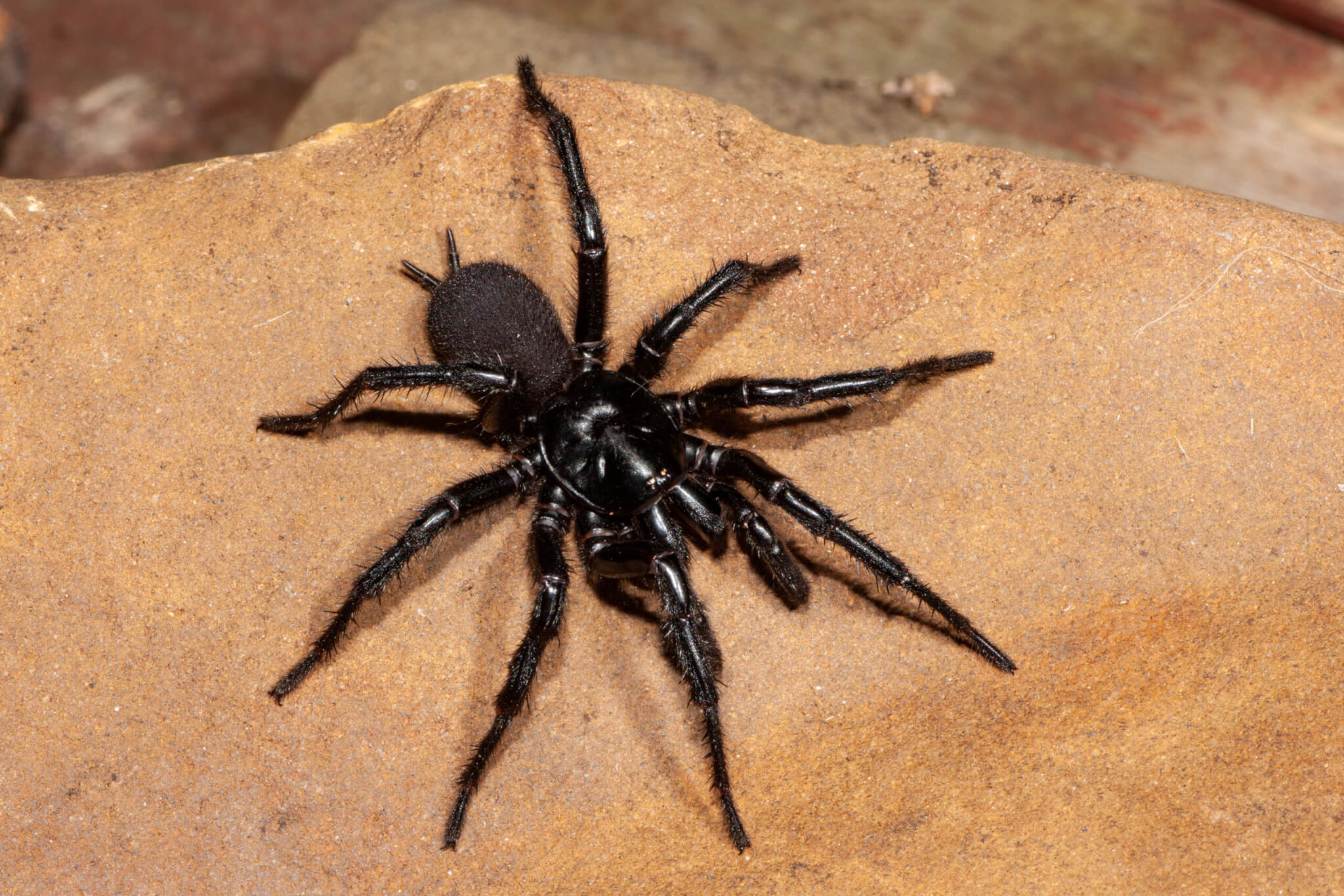
If you haven’t caught on, Sydney, Australia is where this spider is found (thank God). “Although this species does have a very potent venom that is in some cases capable of being lethal to humans, very few people are bitten by them, and there has not been one recorded death since an antivenom was developed in 1980,” says Discover Wildlife.
Fun fact: cats and dogs can actually survive a funnel web bite. It takes about 30 minutes for their body to neutralize the toxin. It’s just humans who have a severe reaction. “This venom affects the nervous system and causes symptoms such as an elevated heart rate, numbness/tingling of the mouth, and difficulty breathing,” says Live Science.
4. Brown Widow Spider
This cousin of the black widow can unfortunately be found worldwide. “Their pleasing scientific species name is in homage to the handsome geometric patterns found on their abdomens. They are smaller and lighter in color than black widows, and despite the name can be anywhere from tan-brown to grey and black,” says Discover Wildlife.
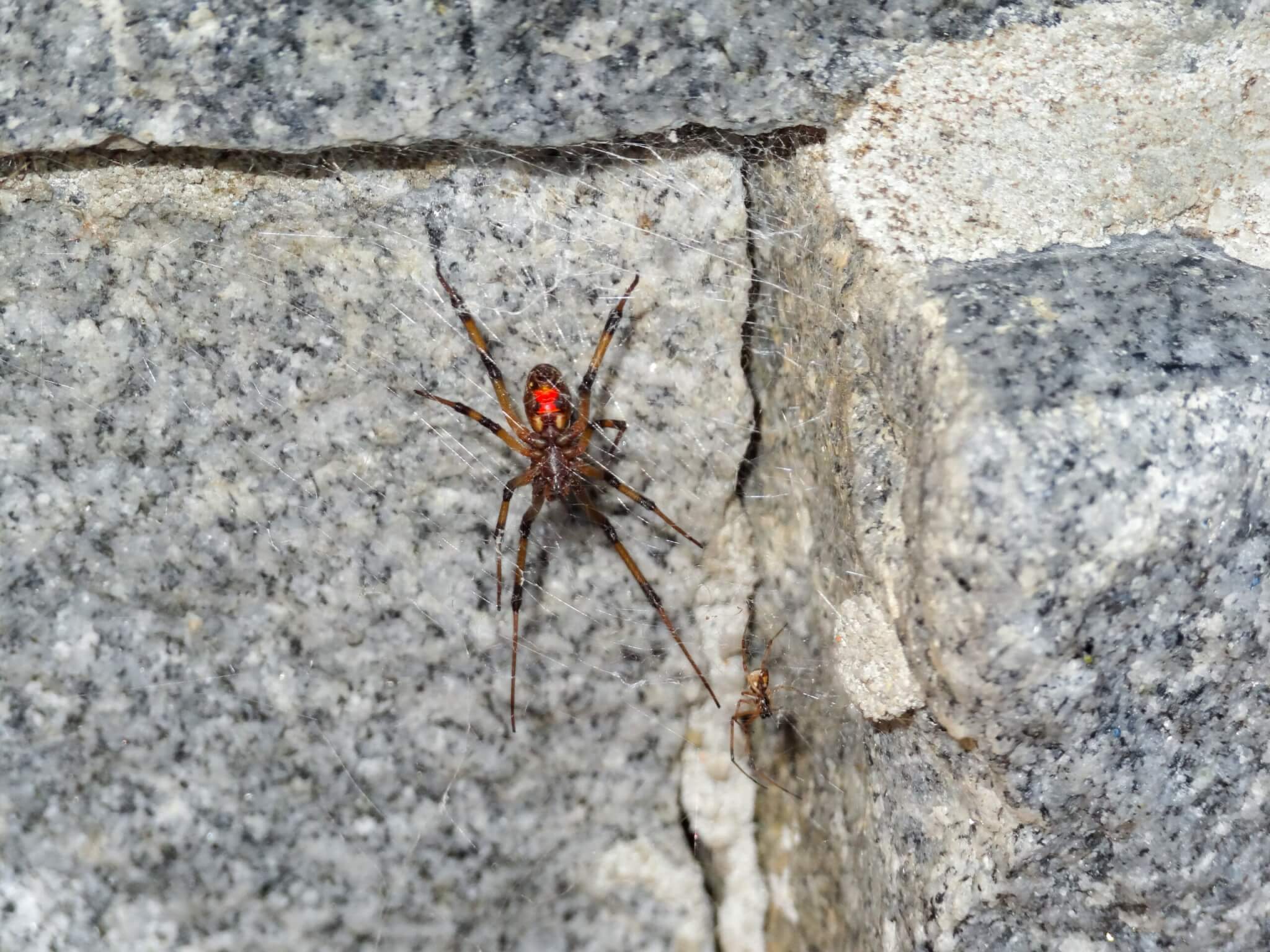
Latrodectus geometricus is the scientific name for the brown widow spider. “It looks similar to its infamous ‘cousin’ the black widow, right down to the hourglass-shaped marking on its abdomen, but there are some key differences. The brown widow’s marking is orange and yellow rather than red, and as their name suggests, they predominantly have tan and brown mottling and a spiky, rather than smooth, appearance,” states Live Science.
While paralysis from the brown widow is generally temporary, it might leave permanent damage to the central nervous system. “A serious bite will often require a short hospital stay. Children, the elderly, and immunocompromised individuals are at the most risk of serious effects. Brown widow spiders live outdoors under rocks, logs, woodpiles, and debris,” notes Orkin.
5. Brown Recluse Spider
Due to a dark violin-shaped marking on the head, the brown recluse spider is also known as a fiddle back, fiddler, or violin spider. “The brown recluse spider moves slowly and likes operating in the dark. You are likely to find this spider in clothing, footwear, and bedding. Hiding in such places gets it pressed against your skin, leading to a bite. Brown recluse spiders are no joke because their extremely venomous bite causes massive tissue loss,” says Pest Aid.
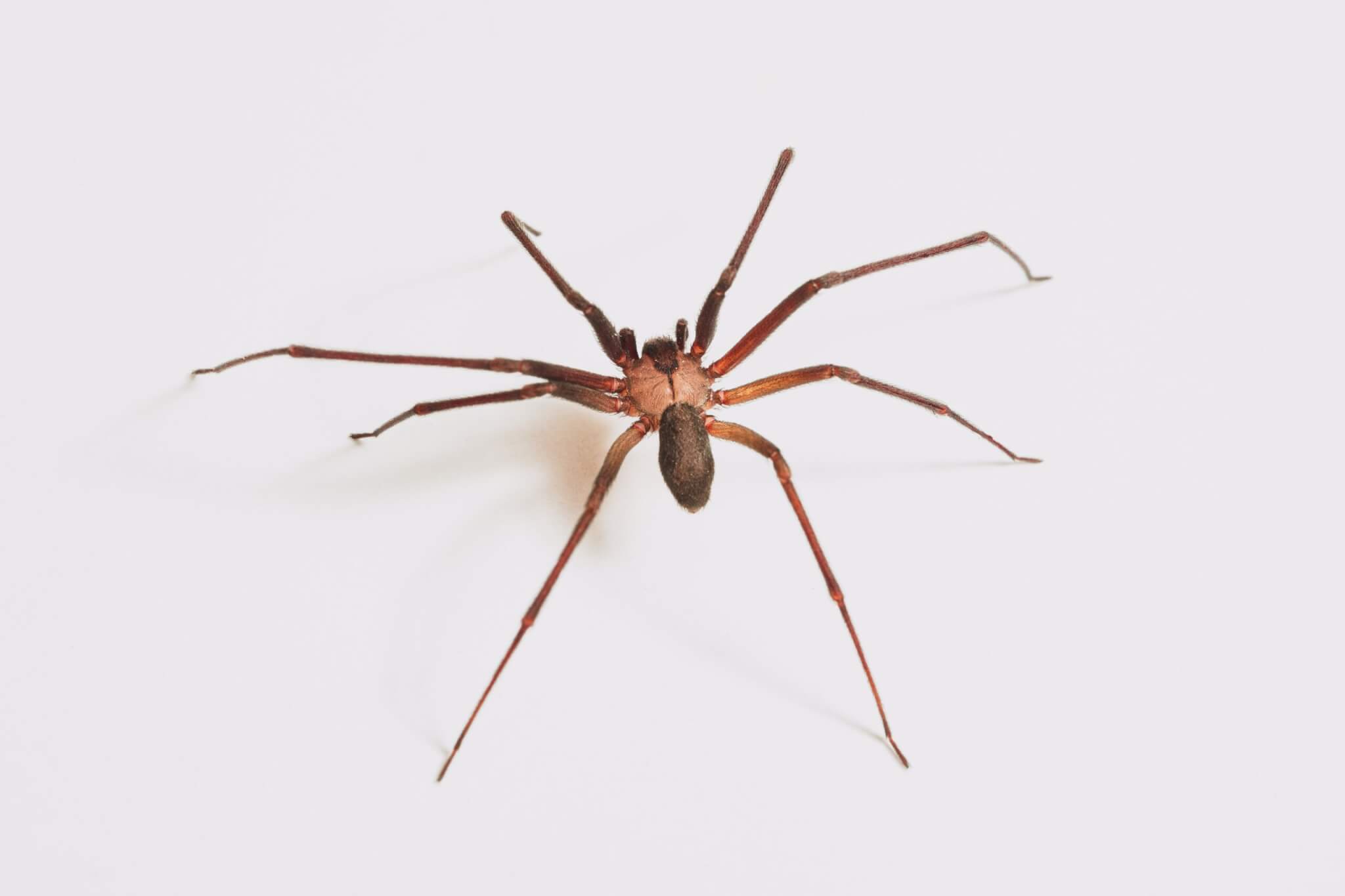
The brown recluse spider is significantly more dangerous than some of the other spiders because its bite can cause necrosis or cell death in tissues and organs. “Necrosis venom usually stays localized in one area, but it can be very dangerous in 10% of cases,” writes Hawx Pest Control.
Found in the southeastern United States, this small spider is well known and feared for its venom, but it’s not as dangerous as you’d expect. “One study found that 37% of clinically diagnosed brown recluse bites resulted in skin necrosis around the injury site, including blisters, gangrene, and skin sloughing. Not pleasant,” says Discover Wildlife.
6. Chilean Recluse Spider
Among recluse spiders, the Chilean recluse is the most poisonous spider. “Its bite is so potent it can lead to fatality. The spider is nonaggressive but bites when touched or trapped. Its venom contains a dermonecrotic agent that causes necrosis of the skin. In extreme cases, a bite can cause severe lesions or even renal failure. 4% of bites are deadly,” writes Pest Aid.
Bite victims of the chilean may suffer symptoms ranging from mild skin irritation to severe premature death of skin or other cells. “Rarely, death can occur; one study cites death in about three to four percent of cases,” notes CBS News.
The Chilean recluse spider is one of the most venomous spiders on the planet and is closely related to the brown recluse spider. “In Spanish, it (and other South American recluse spiders) is known as araña de rincon, or ‘corner spider’; in Portuguese, as aranha-marrom or ‘brown spider,'” says Outdoor Life.
7. Yellow Sac Spider
Yellow sac spiders usually range in size from 1/4 to 3/8 inches long. “Commonly found throughout the United States, yellow sacs have powerful fangs that can easily penetrate human skin. Bites typically leave people with redness, painful itching, and swelling that quickly develops at the bite. Yellow sac spider bites are among the most common spider bites in the country and are often misdiagnosed as brown recluse bites. Yellow Sac spiders become more active in the fall as the temperature change drives them into structures,” offers Ehrlich.
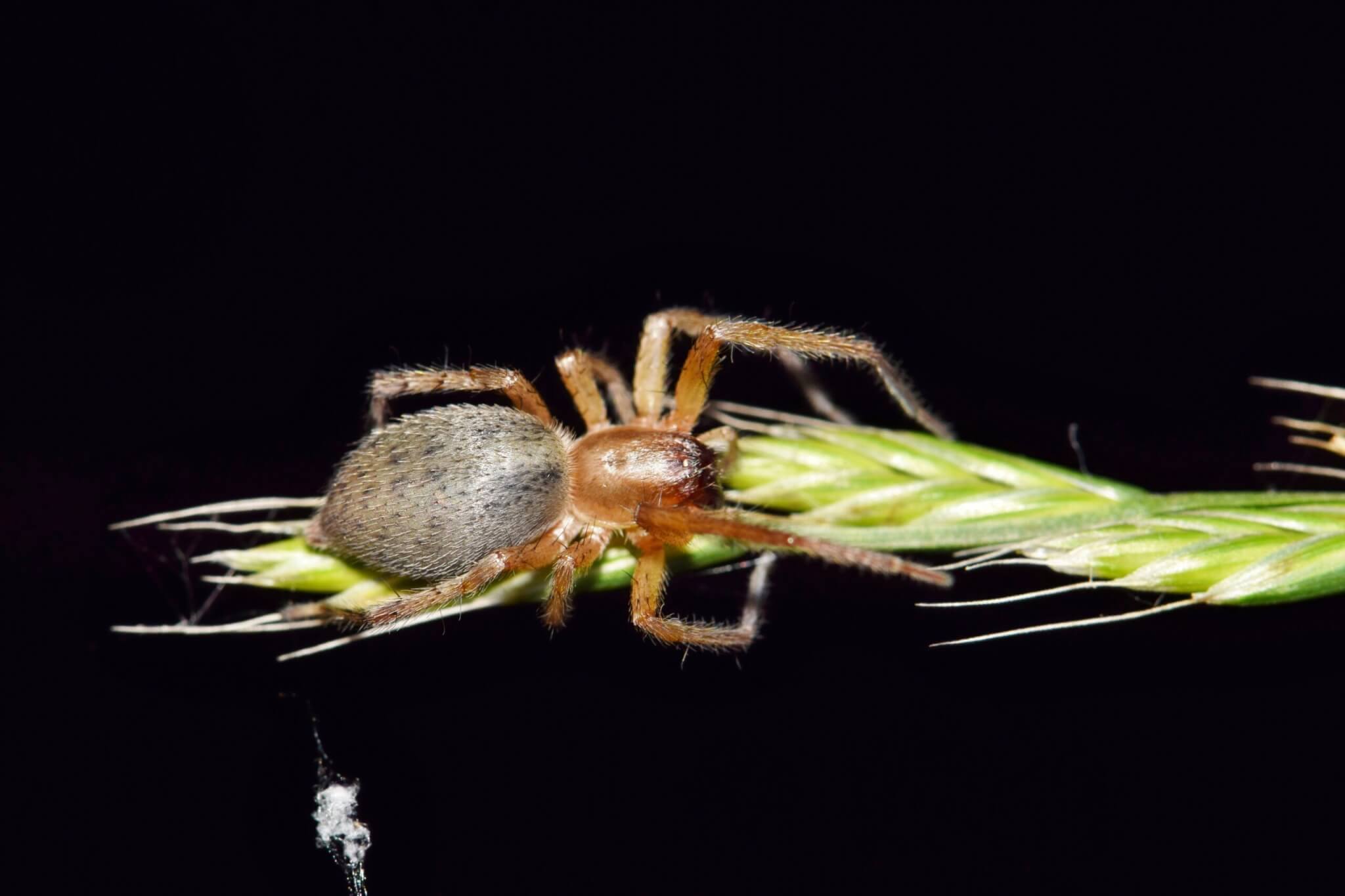
Have you ever thought you’d gotten bitten while you were sleeping? If you live in the U.S. this would most likely be from a yellow sac spiders. “While they do have venom, their bites aren’t too dangerous compared to some of the spiders above. Their painful bites can cause minor skin irritation as well as dead tissue,” writes Hawx Pest Control.
The U.S. isn’t the only country where yellow sacs are found. These arachnids are distributed all over the globe, from America to Northern Europe, South Africa to India, and even Australia and Japan. “Yellow sacs are nocturnal predators and during the day they hide in small white web cocoons,” says Live Science.
You might also be interested in the following:
Sources:
- Pest Aid
- Ehrlich
- Hawx Pest Control
- Outdoor Life
- USA Today
- Discover Wildlife
- Live Science
- Orkin
- CBS News
- Brittanica
Note: This article was not paid for nor sponsored. StudyFinds is not connected to nor partnered with any of the brands mentioned and receives no compensation for its recommendations.
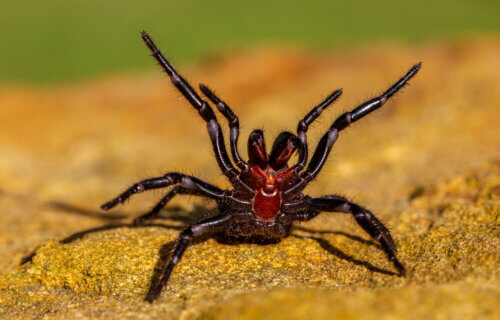
I worked for an industry that received parts from all over the world. We worked 24/7. One winter evening I noticed spiders throughout our office. Little green and yellow ones. Ones taupe-colored walking south dragging their hind legs behind them. I recognized a tarantula with red and yellow stripes on it’s legs. While we were looking at each other I thought about catching it for a pet, but decided it would probably get the jump on me and bite me so I stepped on it. Around 2 A.M. I was sitting at my desk and one got me on my leg. I didn’t see it, I just rubbed the spot until the pain subsided. I went home and didn’t think anymore about it.
When I woke up later that day I began to feel sick. As I got worse I wondered if I got the Bird flu? I began to have chills and went back to bed. I could not shake the chills. While I lay in bed that evening my legs curled up behind my back, and I could see my toes over my shoulders. Three times that happened. Later my right leg swelled up and turned purple.
I was sick for three days. When I went back to work I was asked where I was. One co-worker said he had a similar experience from a spider bite and I remembered my bite. I called my doctor who wanted to see me right away. They kept closing their eyes and shaking their head as I told them what I went through. I was told it was not Bird flu but anaphylactic shock and I was lucky I didn’t die.